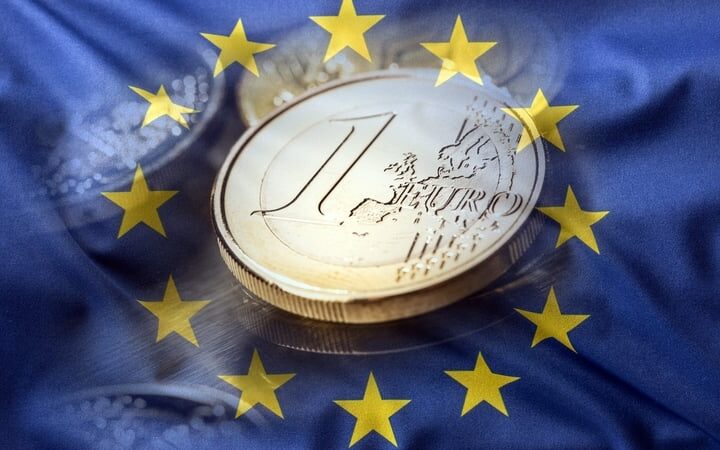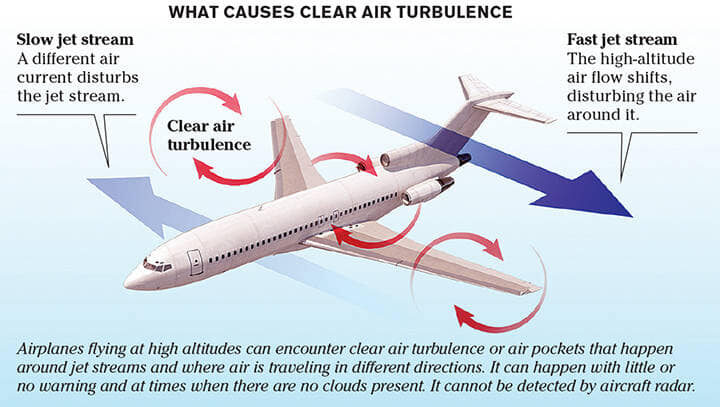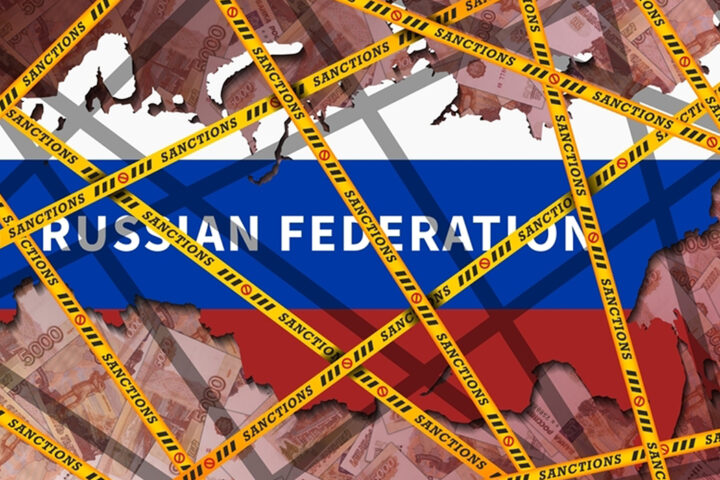Analysis: 4D food printing means your snack could change shape, colour, flavour or texture over time, creating a dynamic eating experience
Imagine opening your fridge and seeing your yogurt lid change colour, signalling that it’s about to expire. Or grabbing a handful of crisps and watching them curl and twist before your eyes. Or, even better, your smart fridge alerting you to spoiled food because its AI detected a colour change.
This might sound like science fiction, but it could soon become reality thanks to 4D food printing. The 4D Snacks project is working on creating innovative, healthy snacks using Irish ingredients with built-in biosensors that change over time. This project aims to evaluate the mechanisms used to trigger a colour, shape or textural change in 3D printed snacks to develop sensory appealing and healthy snacks.
What is 4D printing and how does it work?
Snacking is becoming more popular than traditional meals, especially among young adults looking for exciting flavours and textures. At the same time, food waste is a growing issue, with households responsible for 29% of total food wastage in 2022. 4D food printing could help tackle both these challenges by making food more fun, sustainable and interactive.
What is 4D food printing?
To understand 4D food printing, let’s start with 3D food printing. This process turns a digital design into a self-supporting edible structure by layering edible materials into a specific shape, creating foods like intricate chocolates or pasta.
4D food printing takes it a step further by adding the “fourth dimension” – time, which creates a transformation of the 3D static printed food to experience a change in appearance, flavour or texture. The printed food is designed to transform when exposed to environmental triggers like heat, moisture, or pH changes. This means your snack could change shape, colour, flavour, or texture over time, creating a dynamic eating experience.
From Origins of Food, all you need to know about 3D printed food
Welcome to the world of shape-shifting snacks
One of the coolest aspects of 4D food printing is shape-shifting. This process allows the shape transformation of 3D printed food over time when a trigger such as temperature or pressure is applied. Take a 3D-printed dumpling wrapper which folds itself around the filling without any manual effort when steam is added. This is achieved by adding small cuts or structures at specific parts of the food during initial 3D food printing step, allowing it to transform when exposed to the right conditions.
Now, picture a 4D-printed protein bar that softens and reshapes as you eat it, gradually changing texture to keep each bite interesting. Or a pasta that arrives in a compact, flat form, only to bloom into unique shapes when boiled. These innovations can make food preparation easier while reducing packaging waste.
Food that tells you how fresh it is
Another exciting possibility is food that changes colour to indicate freshness. This is established using low-cost colour-changing sensors that can detect food spoilage more accurately and rapidly than traditional laboratory methods. Colour changes in food can be used to act as visual indicators not only of food spoilage, but also contamination caused by food-borne pathogens or to indicate the presence of allergens such as nuts.
From France 24, is 3D-printed meat the healthier, greener future of food?
These colour-changing sensors could replace traditional expiry dates and be integrated into automated detection systems like smart fridges or phone applications. Instead of relying on human judgment, AI could detect food hazards in real time, helping reduce food waste and improving human health.
Imagine opening a juice bottle and noticing a shift in colour before taking a sip, giving you a clear visual cue about freshness. This approach could also help food businesses improve quality control, reducing unnecessary food disposal and ensuring safer consumption.
From shape-shifting snacks to smart food sensors, the future of food is looking more exciting than ever.
Beyond fun and functionality, 4D food printing has the potential to revolutionize food sustainability. Imagine flat, 3D-printed pasta that expands into different shapes when cooked, reducing the need for bulky packaging. Or creating food formulations and food products with personalised nutrition, where foods are designed with textures and nutrients tailored to individual dietary needs.
One of the main advantages of using 4D printing is designing bespoke foods that give the consumer a completely new and modern eating experience. By combining 4D food printing with AI, we can create foods that are not just innovative but also reduce waste, improve health, and present a more efficient and optimal way of food production. From shape-shifting snacks to smart food sensors, the future of food is looking more exciting than ever.














